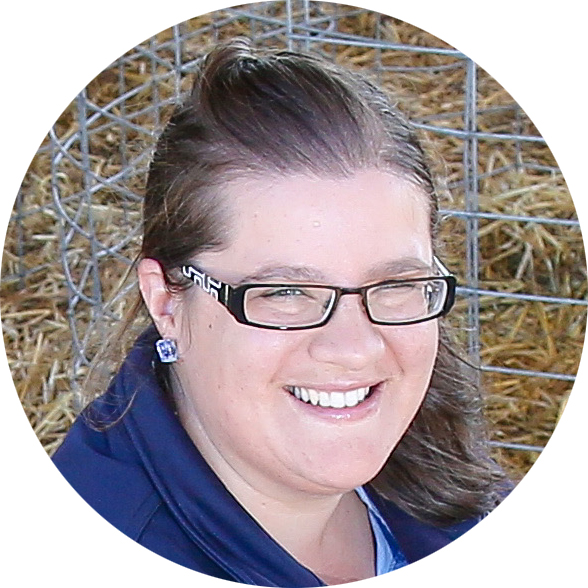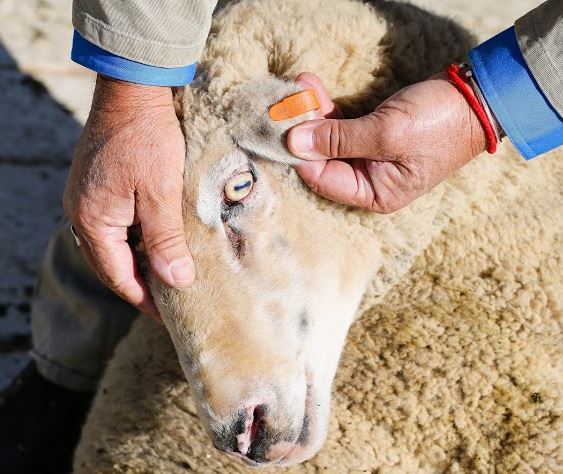The importance of livestock traceability
 PRODUCTION ADVICE - JUNE 2020 - ANIMAL BIOSECURITY
PRODUCTION ADVICE - JUNE 2020 - ANIMAL BIOSECURITY
By Linda Searle
District Veterinarian
P: (03) 5881 9919 | M: 0427 629 740 | linda.searle@lls.nsw.gov.au
Traceability has been in the news a lot recently. The current COVID-19 pandemic has shown everyone why traceability is important in controlling a disease outbreak. The same principals hold for both humans and animals. You need to be able to identify those that are sick and those that have been in contact. This allows the tracing of where the disease has been and where it could have spread. In the case of an exotic animal disease outbreak our export markets would close. The sooner eradication is possible the sooner our export markets re-open. This process relies heavily on our ability to trace livestock movements.
The National Livestock Identification System (NLIS) is the traceability system for livestock. The NLIS consists of four parts:
- Identification of land
Land where stock live must be identified with a Property Identification Code (PIC). Like humans having a registered address a PIC allows us to identify the ‘home’ of the stock.
- Identification of stock
Different types of stock have different identification requirements. Cattle, sheep and pigs under 25kg need an NLIS approved eartag (different for each species) whereas it is preferred to tattoo a pig larger than 25kg with the registered swine brand. Livestock identification is linked to the PIC of their property of birth. A break in this link, such as loss of an eartag, leads to a loss in lifetime traceability. However, putting in a new, post-breeder tag will provide traceability from that point onward.
- Movement document
A movement document serves a few different purposes. Regarding traceability it helps link the movement of stock from one PIC to another. When cattle, sheep and goats are being sold a National Vendor Declaration (NVD) is the movement document used. When pigs are being sold the movement document is the PigPass NVD. Other movement documents include Transported Stock Statements (TSS) and stock permits.
- Transfer of stock on the NLIS database
If selling through a saleyard or to an abattoir they will do the NLIS database transfers for you. When selling privately or using online services it is the responsibility of the buyer to do the database transfer. When selling pigs, the transfer is done on the PigPass database. This step is critical to ensure that stock keep their lifetime traceability.
The system requires all steps to be completed to function properly. A disruption to any part influences traceability. Incomplete traceability would delay tracing in the event of an exotic disease outbreak such as African Swine Fever or Foot and Mouth Disease. By making sure that all four steps are complete we increase our chances of quickly and efficiently controlling a disease outbreak.
To register a PIC or a swine brand in NSW or obtain a Transported Stock Statement or a stock permit contact Local Land Services 1300 795 299 or visit https://www.lls.nsw.gov.au/.
NLIS eartags or pig strikers can be ordered through your local rural merchant or online. You will need to provide your PIC.
Obtain an NVD here or contact Meat and Livestock Australia on 1800 683 111.
Register here for the PigPass system or call 1800 001 458.
Register for access to the NLIS database here or call 1800 654 743.
